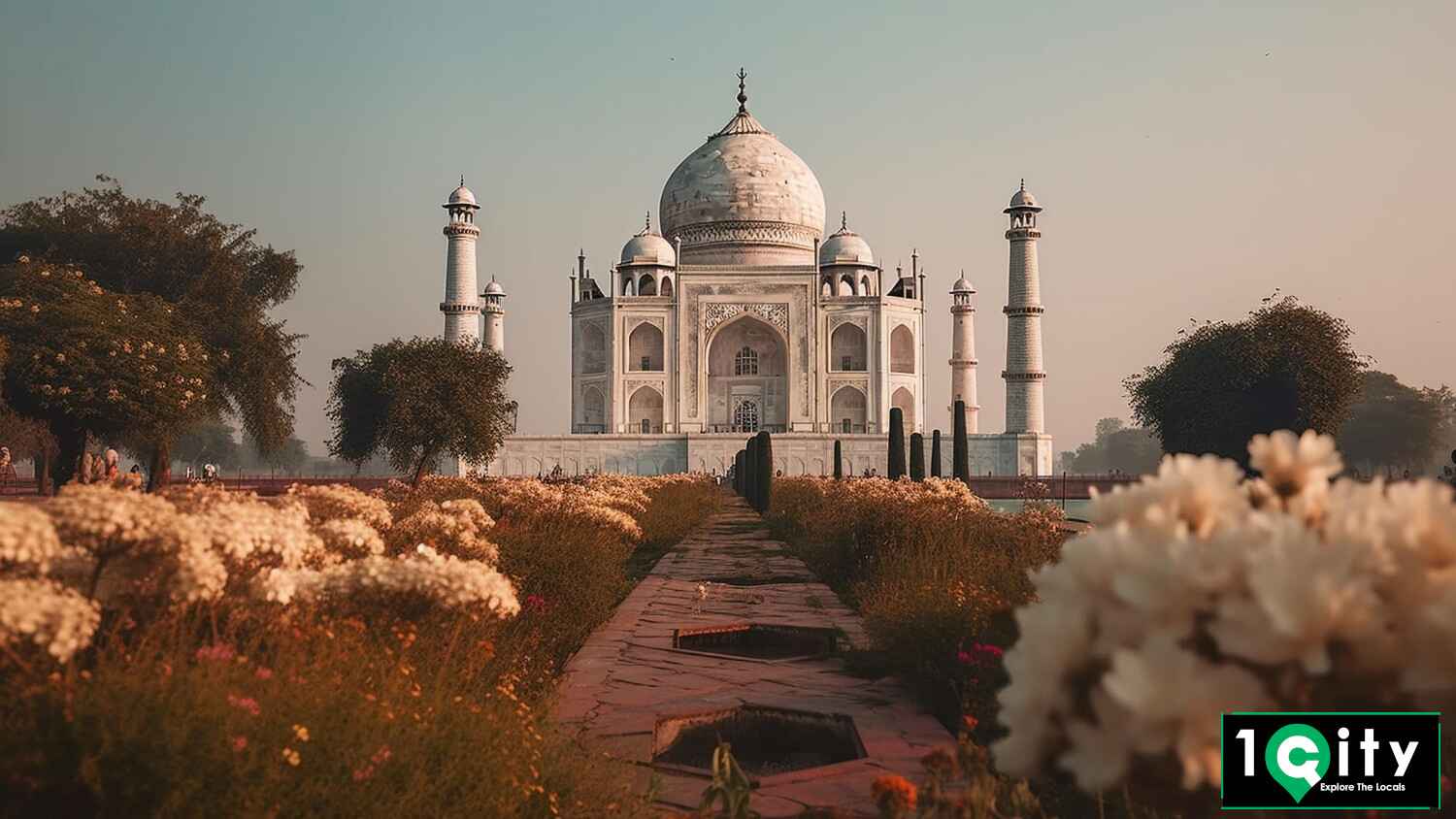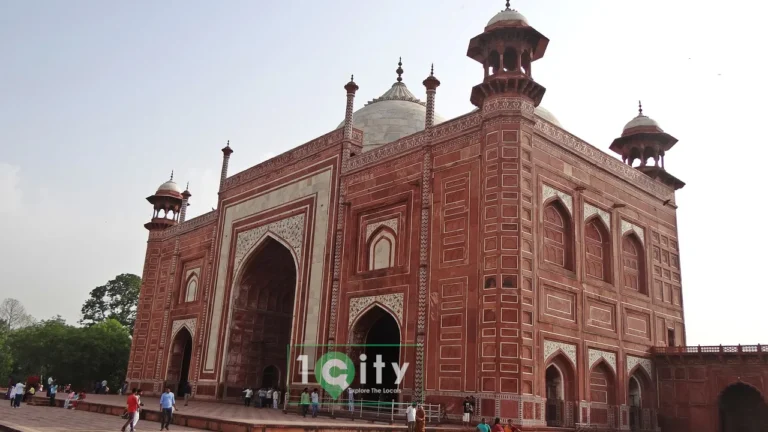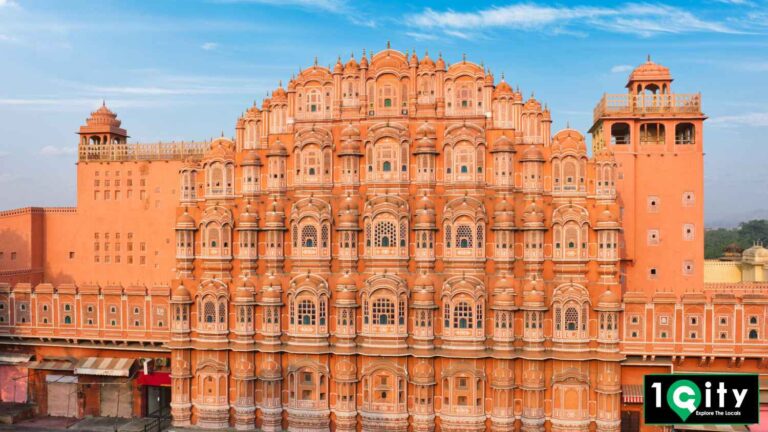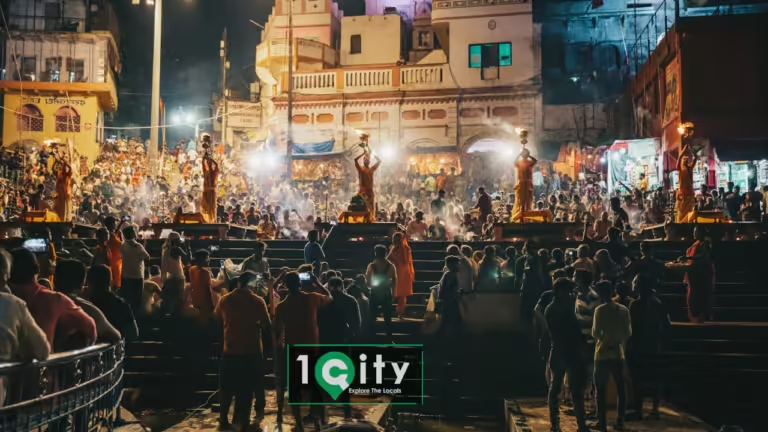Top 10 Attractions in Agra You Must Visit
When planning a trip to India, one city that absolutely must be on your itinerary is Agra. Known for its rich history, stunning Mughal architecture, and vibrant culture, Agra is home to some of the most iconic landmarks in the world. Here, I will guide you through the top 10 attractions in Agra that you must visit. From the world-famous Taj Mahal to hidden gems, this Agra sightseeing guide will ensure you have an unforgettable experience.
1. Taj Mahal (Seven Wonder of the World)
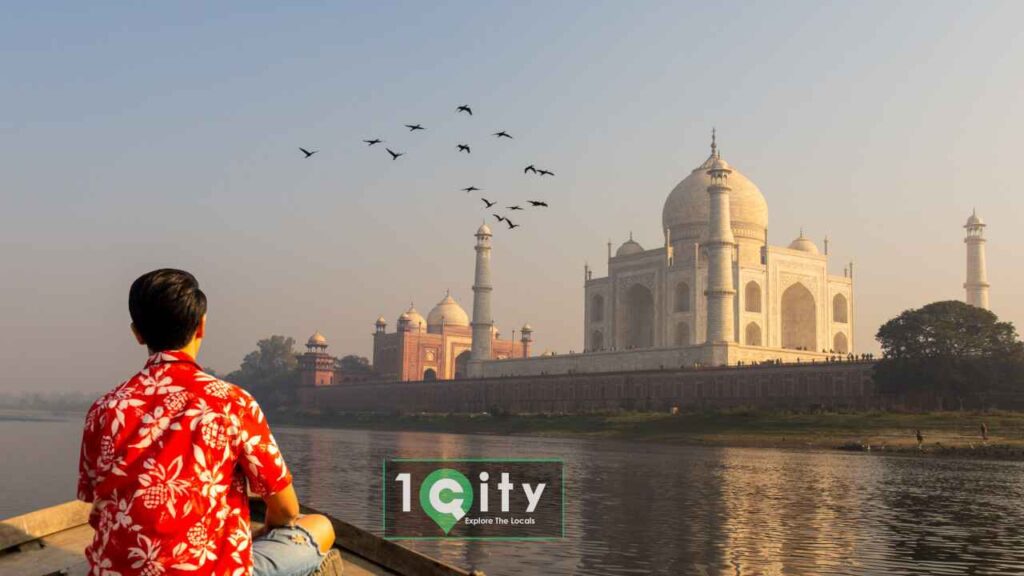
No list of Agra must-see attractions would be complete without the Taj Mahal. This iconic mausoleum, built by Mughal Emperor Shah Jahan in memory of his beloved wife Mumtaz Mahal, is a symbol of eternal love. The pristine white marble structure, with its intricate inlay work and perfectly symmetrical gardens, is a masterpiece of Mughal Empire architecture. Visiting at sunrise or sunset will give you the best views and fewer crowds.
2. Agra Fort
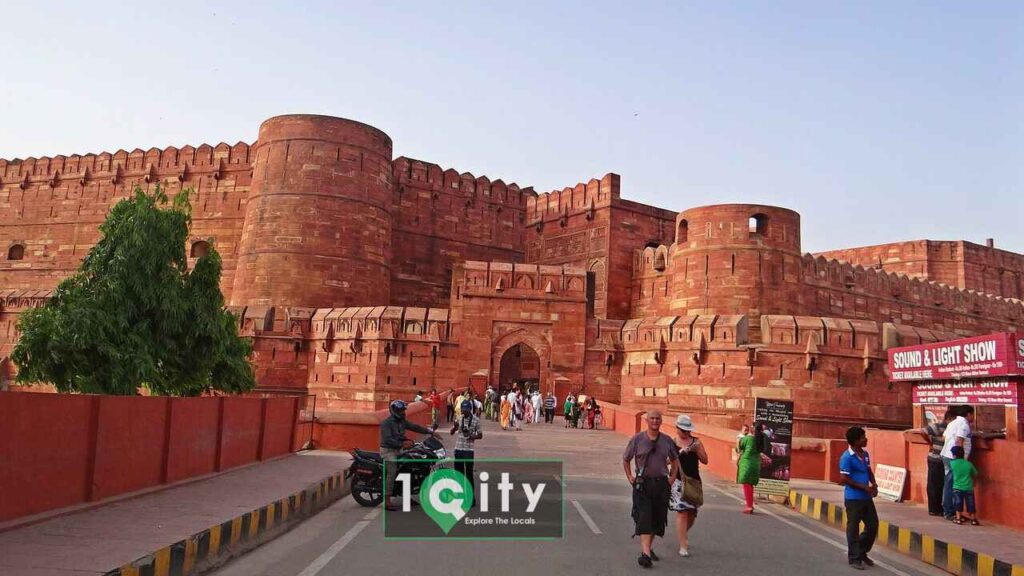
Just a short distance from the Taj Mahal, the Agra Fort is another UNESCO World Heritage Site that you shouldn’t miss. This massive red sandstone fort was the main residence of the emperors of the Mughal Dynasty until 1638. Within its walls, you can explore a variety of buildings, including the Jahangir Palace, Khas Mahal, and the beautiful Musamman Burj, where Shah Jahan was imprisoned by his son. The fort offers a fascinating insight into Agra’s historical sites and Mughal architecture.
3. Fatehpur Sikri (UNESCO World Heritage Site)
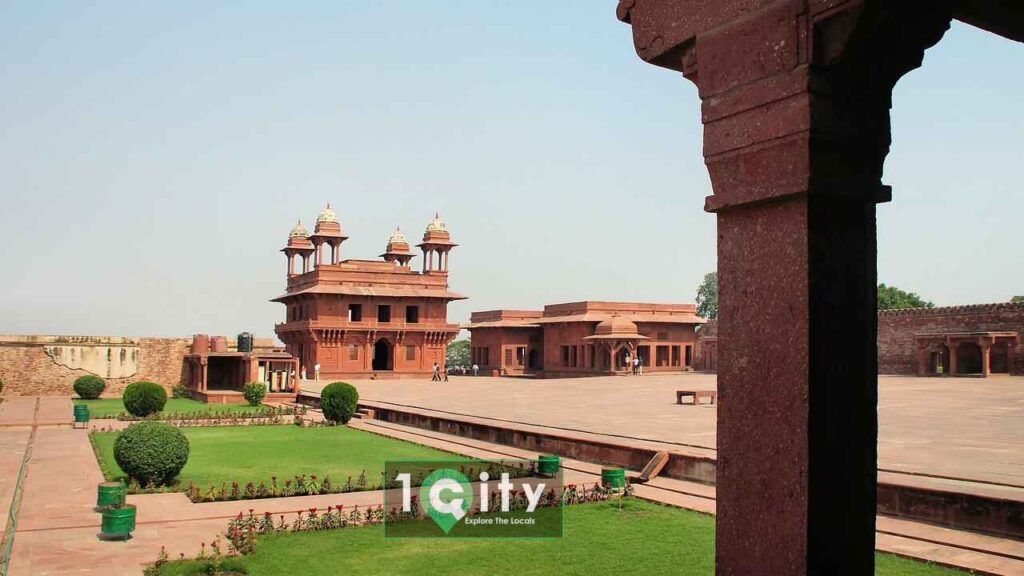
A day trip to Fatehpur Sikri is one of the top things to do in Agra. Located about 40 kilometers from the city, this abandoned city was once the capital of the Mughal Empire. Built by Emperor Akbar, it is an excellent example of Mughal town planning and includes notable structures such as the Buland Darwaza, Jama Masjid, and Panch Mahal. The blend of Hindu and Muslim architectural styles makes it one of the most unique places to visit in Agra.
4. Itmad-ud-Daulah’s Tomb (Baby Taj)
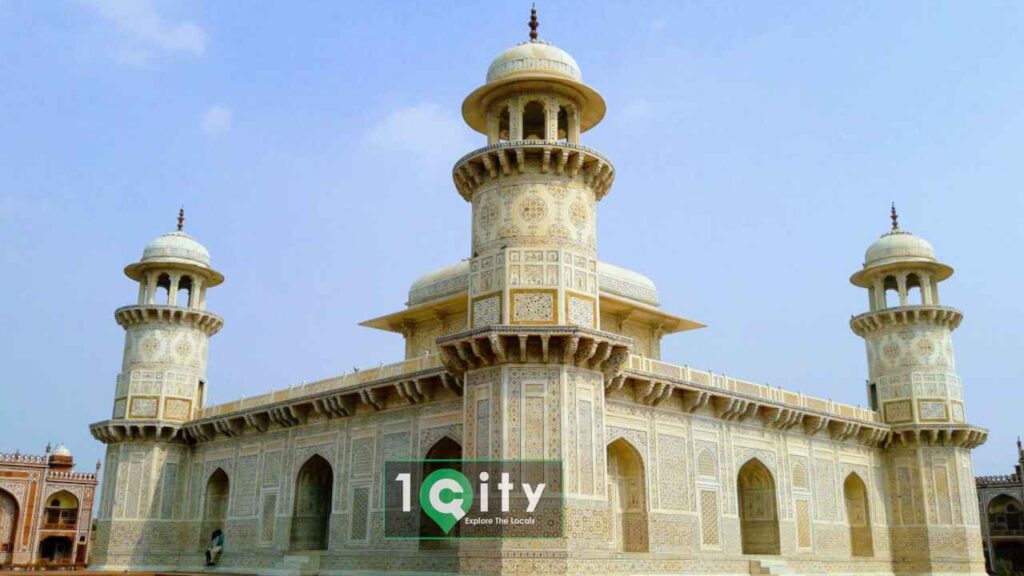
Often referred to as the “Baby Taj,” Itmad-ud-Daulah’s Tomb is a beautiful mausoleum that predates the Taj Mahal. Built by Empress Nur Jahan for her father, this tomb is considered a draft of the Taj Mahal due to its intricate carvings and inlay work. The tomb’s delicate marble lattice screens and lush gardens provide a peaceful atmosphere, making it one of the hidden gems of Agra.
5. Mehtab Bagh (Moonlight Garden)
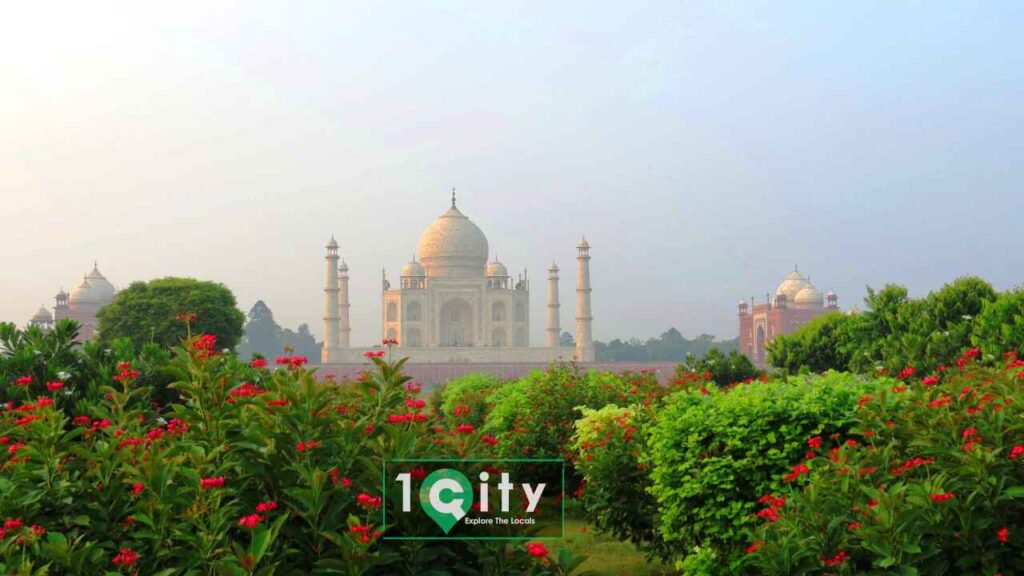
For the best views of the Taj Mahal without the crowds, head to Mehtab Bagh. This garden complex is situated directly opposite the Taj Mahal across the Yamuna River. It’s a perfect spot for photographers looking to capture the monument from a different perspective, especially at sunset. The serene environment and well-maintained gardens make it an excellent place for a leisurely stroll.
6. Jama Masjid
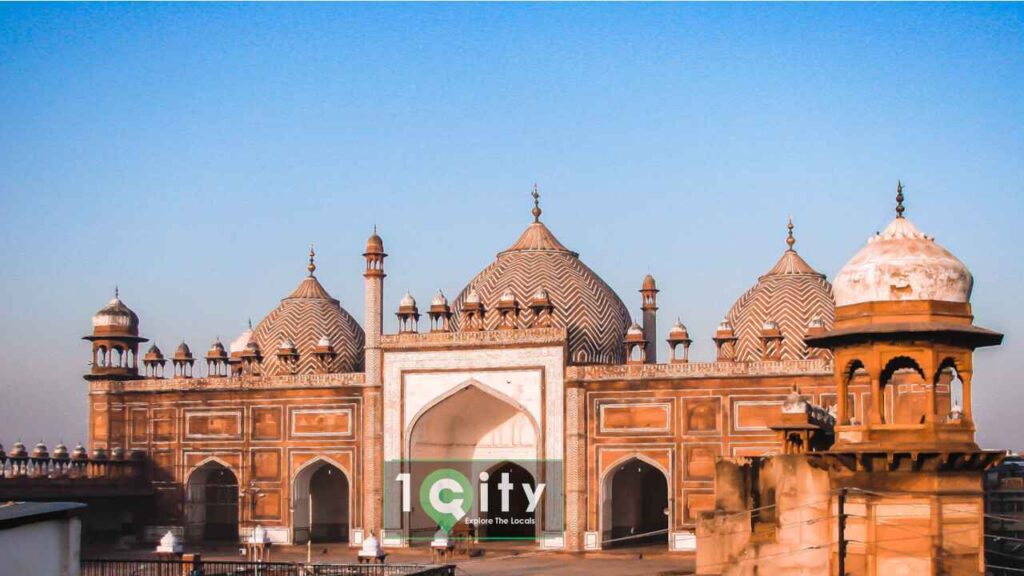
The Jama Masjid in Agra is one of the largest mosques in India and a prime example of Mughal religious architecture. Built by Shah Jahan in 1648, it features an impressive central courtyard, intricate domes, and a stunning façade decorated with Persian inscriptions. The mosque is not only a place of worship but also a historical site that reflects the rich cultural heritage of Agra.
7. Akbar’s Tomb, Sikandra Fort
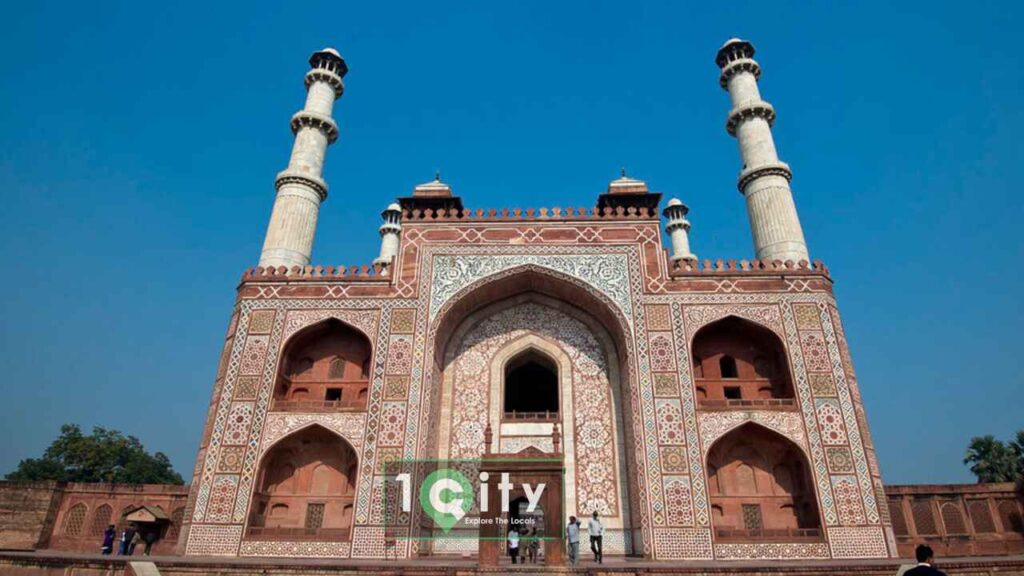
Located in the suburbs of Agra, Akbar’s Tomb at Sikandra is the final resting place of the greatest Mughal Emperor, Akbar. The tomb is a magnificent example of Mughal architecture, blending Islamic, Hindu, Buddhist, and Christian design elements. Surrounded by beautiful gardens, the site offers a tranquil retreat from the bustling city and a chance to delve into the history of the Mughal Empire.
8. Mughal Gardens
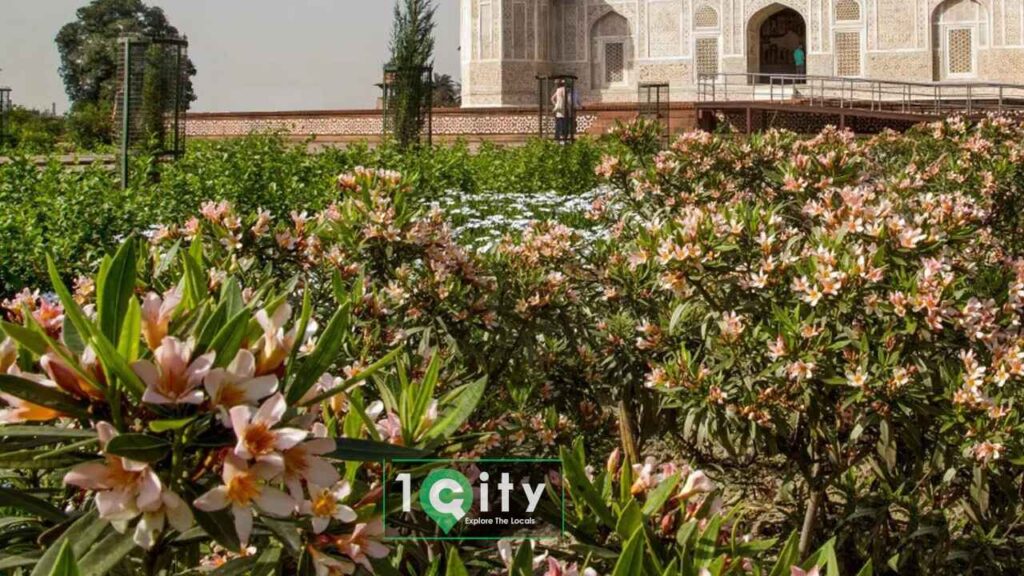
Agra is home to several Mughal gardens, each offering a glimpse into the horticultural prowess of the Mughal period. The Ram Bagh, also known as the Garden of Relaxation, is one of the oldest Mughal gardens in India. These gardens are perfect for a leisurely stroll, providing a peaceful escape from the city’s hustle and bustle and an opportunity to appreciate the beauty of Mughal landscaping.
9. Agra Shopping (Marble Inlay, Carpets)

No trip to Agra is complete without indulging in some shopping. The city is famous for its marble inlay work, also known as Pietra Dura, which you can see in many local shops. Agra is also renowned for its hand-knotted carpets and rugs. Exploring the local markets and emporiums, you will find a variety of crafts and souvenirs that reflect the rich cultural heritage of the region.
10. Mughal Cuisine

To truly experience Agra, you must taste its Mughal cuisine. The city offers a variety of traditional dishes that have been passed down through generations. Don’t miss trying the famous Agra Petha, a sweet made from ash gourd, or savour a meal of rich curries, kebabs, and biryanis at one of the many restaurants. The flavours and aromas of Mughal cuisine will undoubtedly be an unforgettable part of your trip.
Personal Experience
During my visit to Agra, I was completely mesmerized by the beauty and grandeur of its attractions. The Taj Mahal, with its breathtaking architecture and serene ambience, left a lasting impression on me. Exploring the Agra Fort and learning about its historical significance was equally fascinating. A day trip to Fatehpur Sikri felt like stepping back in time, and the intricate details of Itmad-ud-Daulah’s Tomb showcased the craftsmanship of the Mughal era.
One of my favourite moments was watching the sunset at Mehtab Bagh, where the Taj Mahal glowed softly in the evening light. The gardens provided a perfect backdrop for reflection and photography. I also enjoyed visiting the bustling markets, where I picked up some beautiful marble inlay souvenirs and hand-knotted carpets to bring a piece of Agra’s artistry back home.
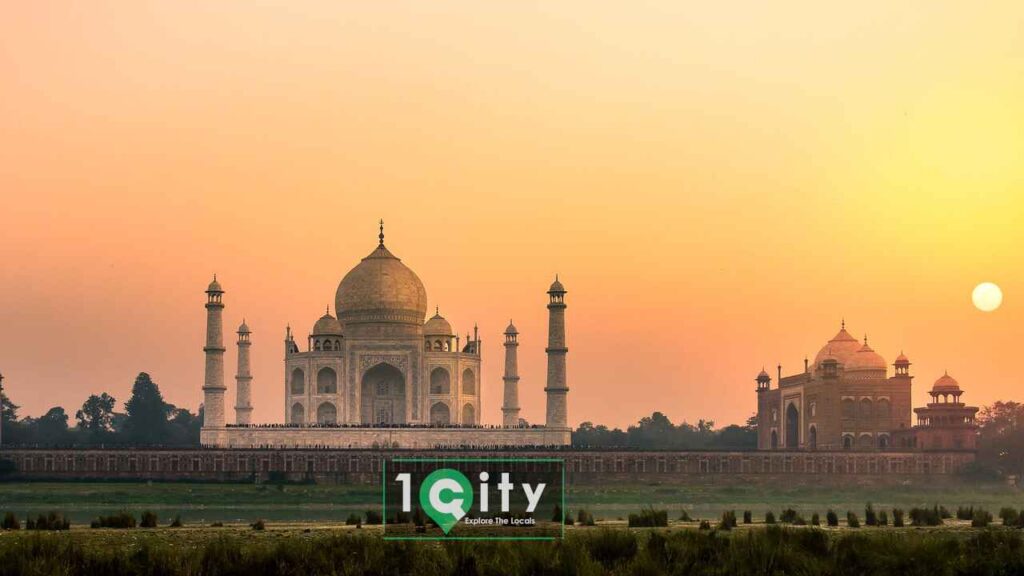
Agra’s rich history, stunning architecture, and vibrant culture make it a destination that should be on every traveler’s bucket list. Whether you’re exploring its iconic landmarks, discovering hidden gems, or indulging in delicious Mughal cuisine, Agra offers unforgettable experiences that will leave you with cherished memories.
Best Time to Visit Agra Attractions
The best time to visit Agra is during the cooler months from October to March. During this period, the weather is pleasant, making it ideal for sightseeing and exploring the outdoor attractions. Avoid visiting during the summer months (April to June) when temperatures can soar, making it uncomfortable for outdoor activities.
How to Get Around Agra Tourist Spots
Getting around Agra is relatively easy with various transportation options available. You can hire a private car or taxi for convenience, especially if you’re planning day trips to places like Fatehpur Sikri. Auto-rickshaws and cycle-rickshaws are also popular for shorter distances and offer a more local experience. For a more eco-friendly option, consider renting an electric rickshaw.
Best Places to Stay Near Agra Attractions
Agra offers a range of accommodation options to suit all budgets. For a luxurious stay, consider booking a room at one of the heritage hotels or resorts near the Taj Mahal, such as The Oberoi Amarvilas. Mid-range options like Radisson Hotel Agra and budget-friendly choices like Zostel Agra are also available. Staying close to the main attractions will save you travel time and allow you to make the most of your visit.
Things to Do in Agra Besides the Taj Mahal
While the Taj Mahal is the star attraction, Agra has much more to offer. Besides the main historical sites, you can explore the bustling markets, enjoy a traditional Mughal meal, or take a leisurely walk through the city’s beautiful gardens. Visiting local artisans’ workshops and learning about their crafts, such as marble inlay work and carpet weaving, can provide a deeper appreciation of Agra’s cultural heritage.

Conclusion
Agra is a city that weaves together the rich tapestry of India’s history, culture, and architectural grandeur. From the awe-inspiring Taj Mahal to the majestic Agra Fort and the serene beauty of Mehtab Bagh, every corner of Agra tells a story of the illustrious Mughal Empire. Exploring the top attractions in Agra not only offers a visual feast of stunning monuments but also an immersive journey into the past.
My personal journey through Agra was filled with unforgettable experiences, each site leaving a profound impact on me. The intricate details of Itmad-ud-Daulah’s Tomb, the historic significance of Fatehpur Sikri, and the vibrant local markets with their exquisite crafts and delicious Mughal cuisine made my trip truly special. Whether you are wandering through Mughal gardens, capturing the perfect shot of the Taj Mahal at sunset, or savoring a traditional meal, Agra provides a wealth of experiences that cater to all kinds of travelers.
Visiting Agra is not just about seeing monuments; it’s about feeling the pulse of history and culture that still beats strongly in this remarkable city. The best time to visit is from October to March, when the weather is pleasant, and getting around is convenient with various transport options available. Whether you choose to stay in luxurious hotels or budget-friendly accommodations, being close to the attractions ensures you can make the most of your visit.
In conclusion, Agra is more than just a destination; it’s a journey through time, a testament to architectural brilliance, and a celebration of cultural richness. It’s a place where every traveler can find something to marvel at, to learn from, and to carry in their hearts long after the visit. So, plan your trip, immerse yourself in the splendor of Agra, and create memories that will last a lifetime.
FAQs: Top 10 Attractions in Agra You Must Visit
-
What are the top attractions in Agra?
The top attractions in Agra include the Taj Mahal, Agra Fort, Fatehpur Sikri, Itmad-ud-Daulah’s Tomb (Baby Taj), Mehtab Bagh, Jama Masjid, Akbar’s Tomb at Sikandra, Mughal Gardens, and the vibrant local markets. Each of these sites offers a unique glimpse into Agra’s rich history and architectural splendor.
-
When is the best time to visit Agra?
The best time to visit Agra is from October to March when the weather is cooler and more pleasant for sightseeing. During these months, the temperatures are comfortable, making it ideal for exploring outdoor attractions.
-
How can I get around Agra tourist spots?
Getting around Agra is convenient with several options available. You can hire a private car or taxi, use auto-rickshaws and cycle-rickshaws for shorter distances, or rent an electric rickshaw for a more eco-friendly option. These modes of transport make it easy to visit various attractions.
-
What are some must-see historical sites in Agra?
Must-see historical sites in Agra include the Taj Mahal, Agra Fort, Fatehpur Sikri, and Akbar’s Tomb. These sites offer rich historical insights and stunning examples of Mughal Empire architecture.
-
Are there any hidden gems in Agra worth visiting?
Yes, hidden gems in Agra include Itmad-ud-Daulah’s Tomb, also known as the Baby Taj, and Mehtab Bagh, which offers spectacular views of the Taj Mahal at sunset. These lesser-known sites provide a peaceful and intimate experience away from the larger crowds.
-
What kind of shopping can I do in Agra?
Agra is famous for its marble inlay work (Pietra Dura), hand-knotted carpets, and various crafts. You can explore local markets and emporiums to find unique souvenirs and high-quality artisanal products that reflect Agra’s rich cultural heritage.
-
What are some good places to stay near Agra attractions?
Agra offers a range of accommodation options. For luxury, consider hotels like The Oberoi Amarvilas. Mid-range options include Radisson Hotel Agra, and budget-friendly choices like Zostel Agra are also available. Staying near the main attractions ensures you can maximize your sightseeing time.
-
What is the significance of the Mughal Gardens in Agra?
The Mughal Gardens, such as Ram Bagh, are significant for their historical and horticultural value. These gardens showcase the Mughal’s landscaping skills and provide a peaceful escape from the city’s hustle and bustle.
-
What are some unique experiences in Agra besides visiting the Taj Mahal?
Besides visiting the Taj Mahal, you can explore the Agra Fort, take a day trip to Fatehpur Sikri, enjoy the serene Mehtab Bagh, shop for local crafts, and savor traditional Mughal cuisine. Each of these activities offers a unique and enriching experience.
-
What should I try when it comes to Mughal cuisine in Agra?
When in Agra, don’t miss trying the famous Agra Petha, a sweet made from ash gourd. Additionally, enjoy rich curries, kebabs, and biryanis at local restaurants. The flavors and aromas of Mughal cuisine will add a delicious dimension to your Agra visit.
Citations and References
Taj Mahal (Seven Wonder of the World):
- “Taj Mahal: History and Facts.” National Geographic.
- “Taj Mahal.” UNESCO World Heritage Centre.
Agra Fort:
- “Agra Fort: History and Architecture.” Archaeological Survey of India.
- “Agra Fort.” UNESCO World Heritage Centre.
Fatehpur Sikri (UNESCO World Heritage Site):
- “Fatehpur Sikri: A Mughal Masterpiece.” Lonely Planet.
- “Fatehpur Sikri.” UNESCO World Heritage Centre.
Itmad-ud-Daulah’s Tomb (Baby Taj):
- “Itmad-ud-Daulah’s Tomb: A Jewel Box in Marble.” Britannica.
- “Tomb of Itmad-ud-Daulah.” Archaeological Survey of India.
Mehtab Bagh (Moonlight Garden):
- “Mehtab Bagh: The Moonlit Garden.” Times of India Travel.
- “Mehtab Bagh: Garden with a View.” India Today.
Akbar’s Tomb, Sikandra Fort:
- “Akbar’s Tomb: An Architectural Marvel.” Cultural India.
- “Akbar’s Tomb at Sikandra.” Archaeological Survey of India.

